The Moons of Dálnaes
Dálnaes has five moons, each named for one of the five lunar gods: Lunos, Lunelon, Lunidar, Lunarian, and Lunelok. The moons all differ in size, color, cycle and movement, which has led to many stories about the lunar brothers' inability to cooperate with each other.
The Moons
Lunos
Named for the eldest of the lunar gods, Lunos is the largest of Dálnaes' five moons. When full, Lunos is a bright, near-white blue, and it grows bluer the closer it gets to its dark phase. Its journey across the sky follows a northeast-to-southwest pattern. Lunos has the shortest yet most regular cycle of twenty-eight days from full moon to full moon. Early astronomers discovered that this pattern fit perfectly into the 364-day solar year, and from that discovery, the thirteen-month divine calendar was created. Each month is named for the member of the Immortal Circle whose star sign is dominant in the sky during that month, and Lunos' full moon phase is given a specific name to reflect that as well. Because of its prominence in the calendar, Lunos is the moon meant when people casually reference the full moon or the dark of moon.Lunelon
The second largest of the five moons, named for the second-oldest moon god. Lunelon is golden in hue, darkening to a golden brown as it gets closer to its new moon phase. Its journey follows a line slightly off of north-to-south. Lunelon has the longest cycle of its brothers, reaching its full phase only every twenty-five years. Lunelon also has a slow orbit despite its relatively close proximity, and only appears in the night sky every four to five days. Because of this, Lunelon is often regarded as the "lazy moon", and stories about the lunar brothers often portray him as such. Years in which the moon is full are considered blessed, while years in which it is dark are thought to be cursed.Lunidar
Dálnaes' third and fourth moons are very similar, and sometimes referred to as the Moon Twins. Lunidar is slightly larger and violet in color. It follows a northeast-to-southwest pattern across the sky, and is often said to be chasing its elder brother, Lunos. Lunidar's cycle is thirty-six days, and it appears in the sky every other night.Lunarian
Slightly smaller than its "twin" Lunarian is blue in hue, a little darker than Lunos. Its journey across the sky follows a southeast-to-northwest pattern, almost exactly opposite that of Lunidar. Lunarian's cycle is thirty-six days, and it appears in the sky every other night.Lunelok
Dálnaes' smallest moon is the most erratic. Lunelok is deep red in color, and it travels across the sky in a pattern that was only recently confirmed by the long-lived elves. Unlike the other moons, its orbit rotates, so it follows a sort of helix pattern around the world. It also has an unusually long elliptical orbit, so some nights it appears almost as large as Lunarian and Lunidar, and other nights its hardly bigger than a star. Lunelok's cycle has been hard to determine because of its erratic movement, but the elves have determined it is somewhere around five hundred days. It appears in the sky every night, though often is simply mistaken for a star when it's farther away.Lunar Events
Despite the sometimes extreme differences in the cycles of the five moons, there are a few rare and notable occurrences.The Dance of Siriel
Every fifty years, all five moons rise full in the sky. Their different colors cast a beautiful kaleidoscope across the landscape, which led to many festivals in honor of the moon gods and their father Siriel, God of the Stars. Water drawn from a river or stream bathed in the light is considered blessed. The dramatic difference in frequency between the Dance and the Hand of the Void is due to Lunelok's erratic cycle and movement.The Hand of the Void
The rarest of the lunar events only occurs once every three hundred years, when all five moons are both present in the sky as well as dark on the same night. The last occurrence was twenty-one years ago, and coincided with Midwinter. The fact that the event occurred during Noxera's month was taken by many as an extremely bad omen, particularly in rural areas. Many children that were born that night, or even within the days preceding and following it, were cursed, hidden away, or outright killed out of fear.Twins' Embrace
Every XX, this phenomena occurs between Lunidar and Lunarian, Dálnaes' third and fourth moons. At this time, the two moons are both in their opposing crescent phases and close enough in their orbits that they appear to lock "arms" in an embrace. Although their movement across the sky counters each other, the timing of their cycles is identical, leading to this oddly regular event. Despite its regularity, the moons' positioning in the sky when it occurs is in the far southeast. Thus the Embrace is only visible in Kaer Thalion. Different areas of the kingdom have different custom regarding the event, but most hold at least a small celebration in honor of the moon brothers.
Type
Planetoid / Moon
The Thirteen Full Moons
| Month | Moon | God |
|---|---|---|
| Morza | Frost Moon | Neveros |
| Somoris | Sleeping Moon | Galanor |
| Orien | Waking Moon | Florian |
| Tristor | Blood Moon | Zephyrus |
| Quanjin | Water Moon | Sinaquadea |
| Aestir | Summer Moon | Ritanya |
| Ardan | Burning Moon | Korethean |
| Malves | Dreaming Moon | Malorel |
| Kesum | Dusk Moon | Tempasera |
| Cyr | Harvest Moon | Thegus |
| Alur | Lover's Moon | Diami |
| Feros | Wolf Moon | Drakala |
| Noxum | Shadow Moon | Noxera |


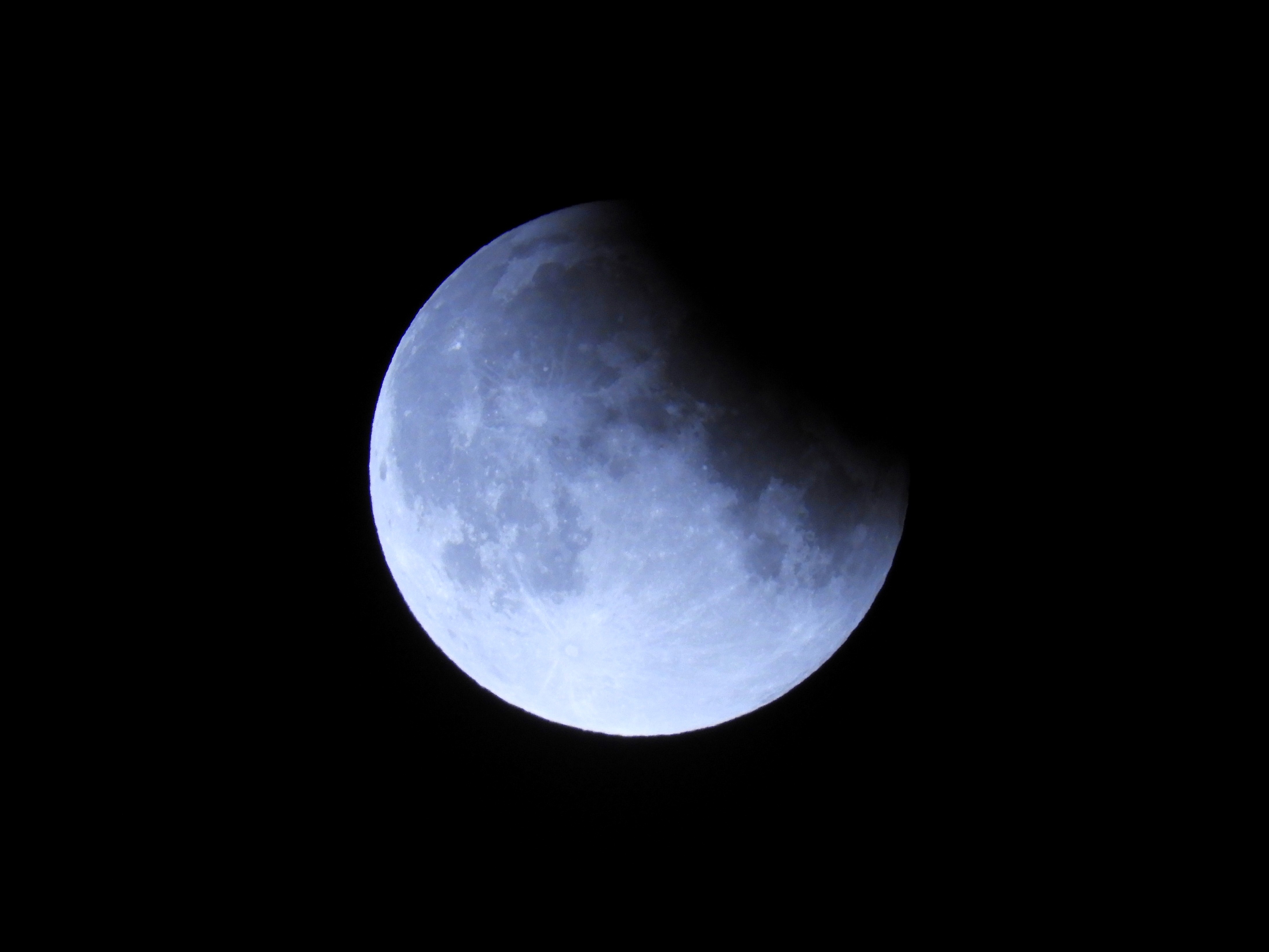
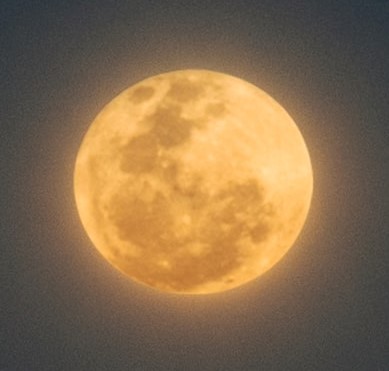
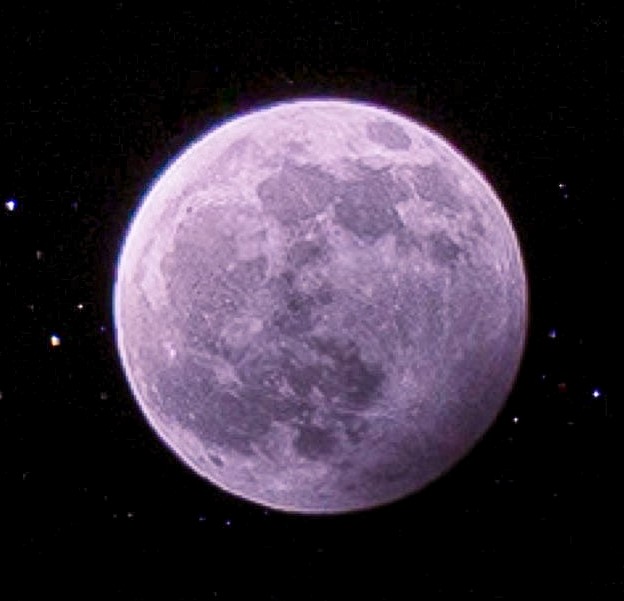
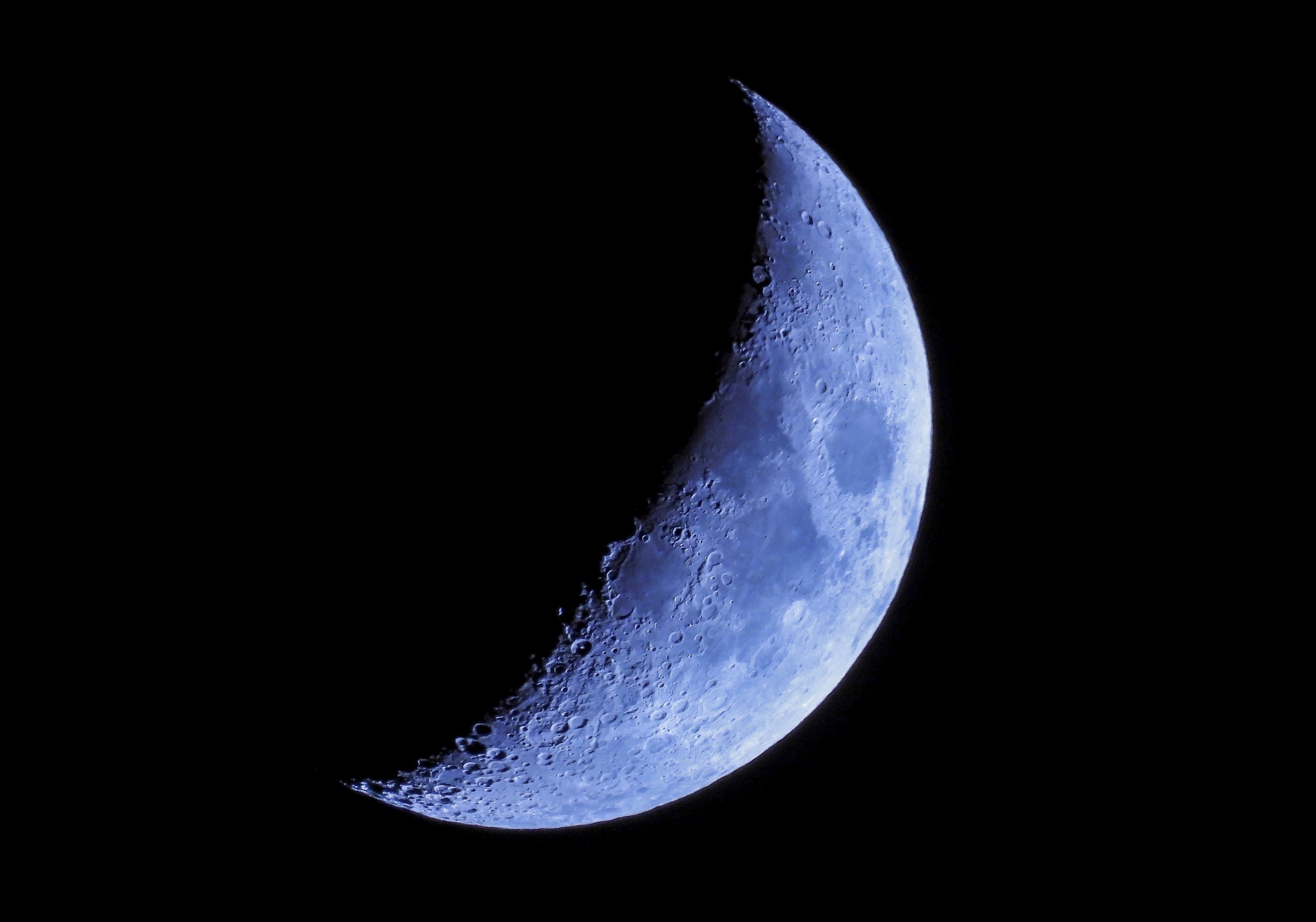
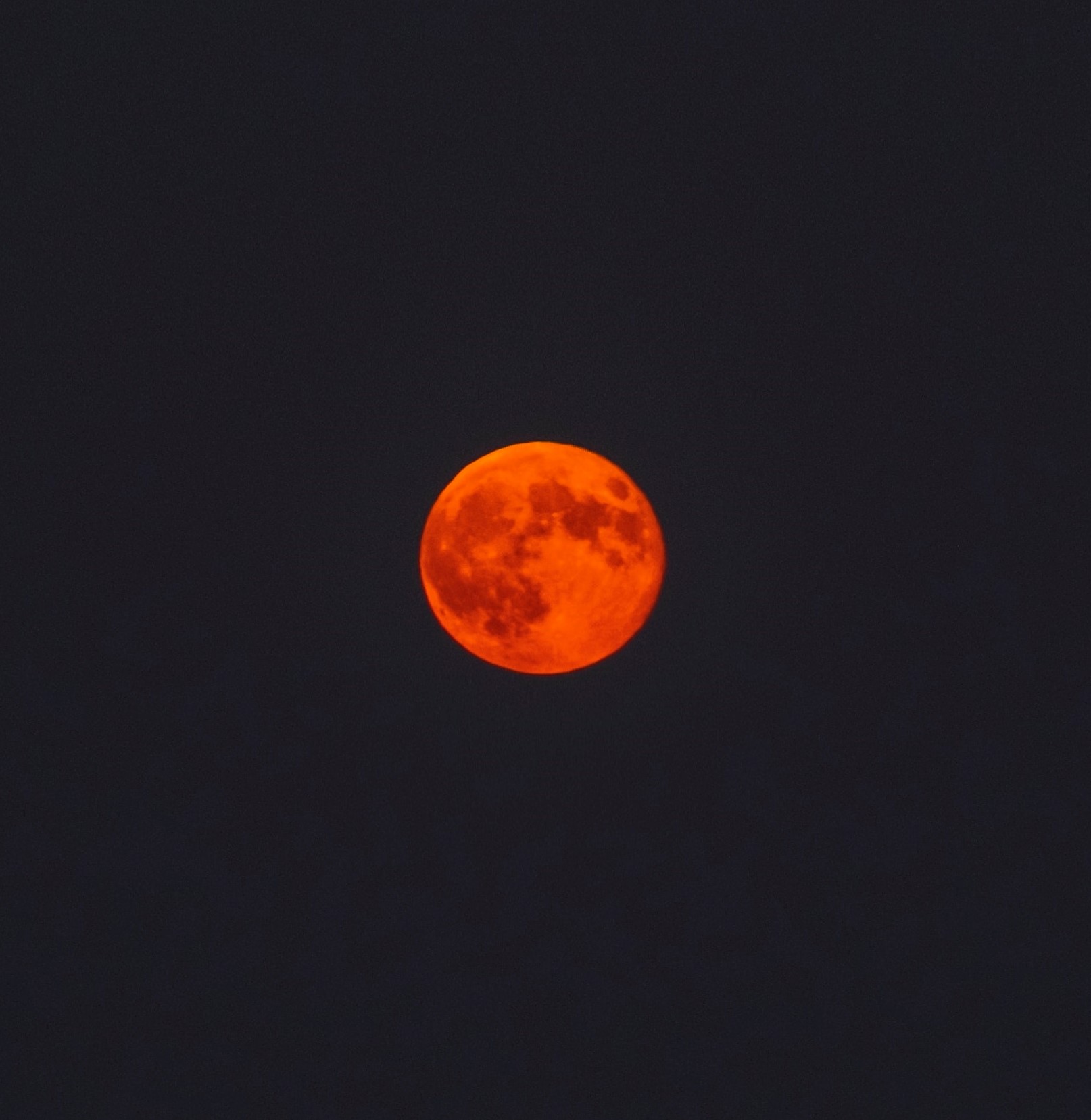

Comments